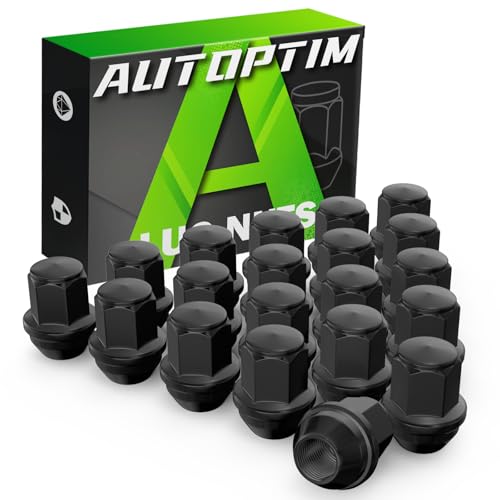AC systems are rather simple things. For basic info you might start here:
https://en.wikipedia.org/wiki/Carnot_cycle
When I first got interested in auto AC, a pound a R12 at Pep Boys was one dollar.
I have been piecing together old systems. Two things I always do; Replace the old compressors with 508 - there is an adapter from York type.
I have never, and will never, use R134. When R12 got expensive I went to Enviorsafe.
All you need to work on AC is normal tools, a vacuum pump, and a gauge set. And they don't need to cost a lot.
I first do an overnight pressure check with 100# or so of air.
Then vacuum. Both gauge valves open. There is no high or low side when the compressor is not running, so both gauges must read negative. While under vacuum, close both gauge valves.
I then do a functional check with a fluid that is available, cheap, and an excellent refrigerant: propane.
System still under vacuum, attach refrigerant supply. slowly open low side valve. Low side gauge should immediately go positive Take the low side to about fifty pounds. High side should follow. Start compressor - if the system has a pressure actuated switch, the compressor will not start until the low side is at switch set pressure. . Take low side to thirty pounds. High side should climb to one hundred fifty or so.
Replace the propane, or not.
If all that happens, you are done. If not????????????????




















































